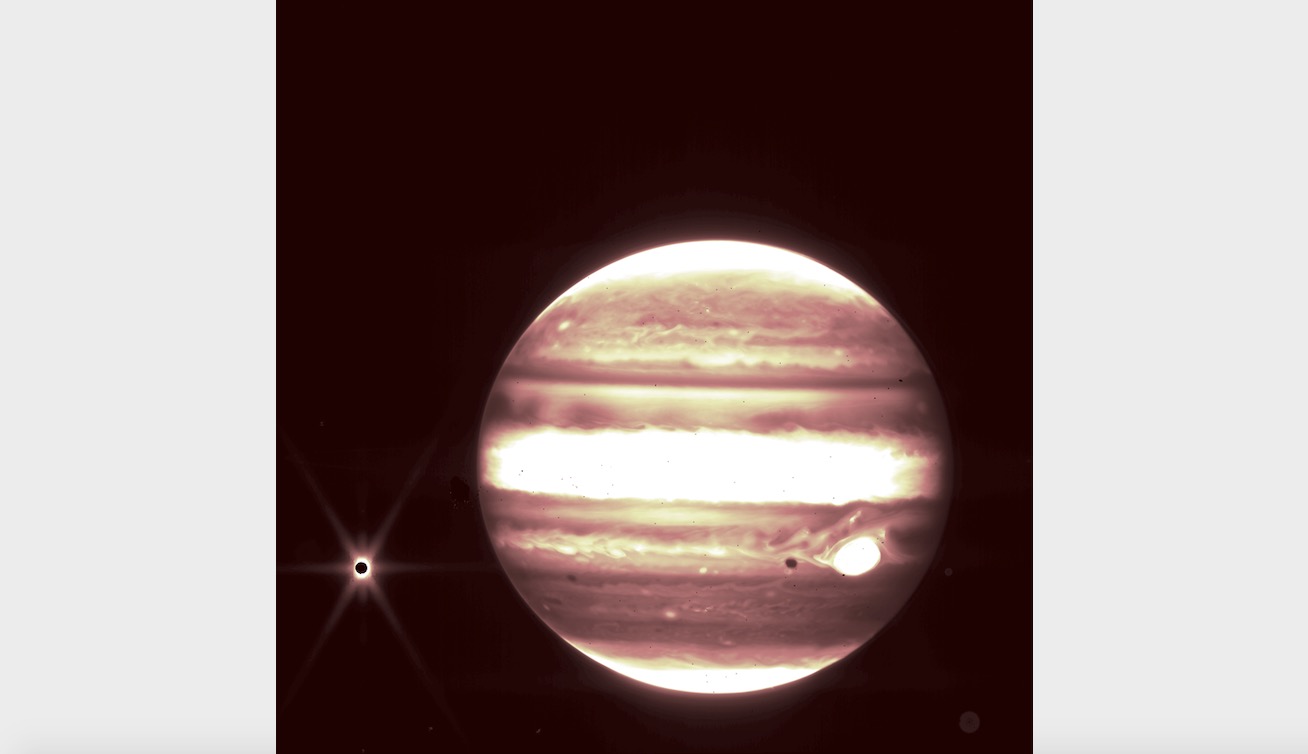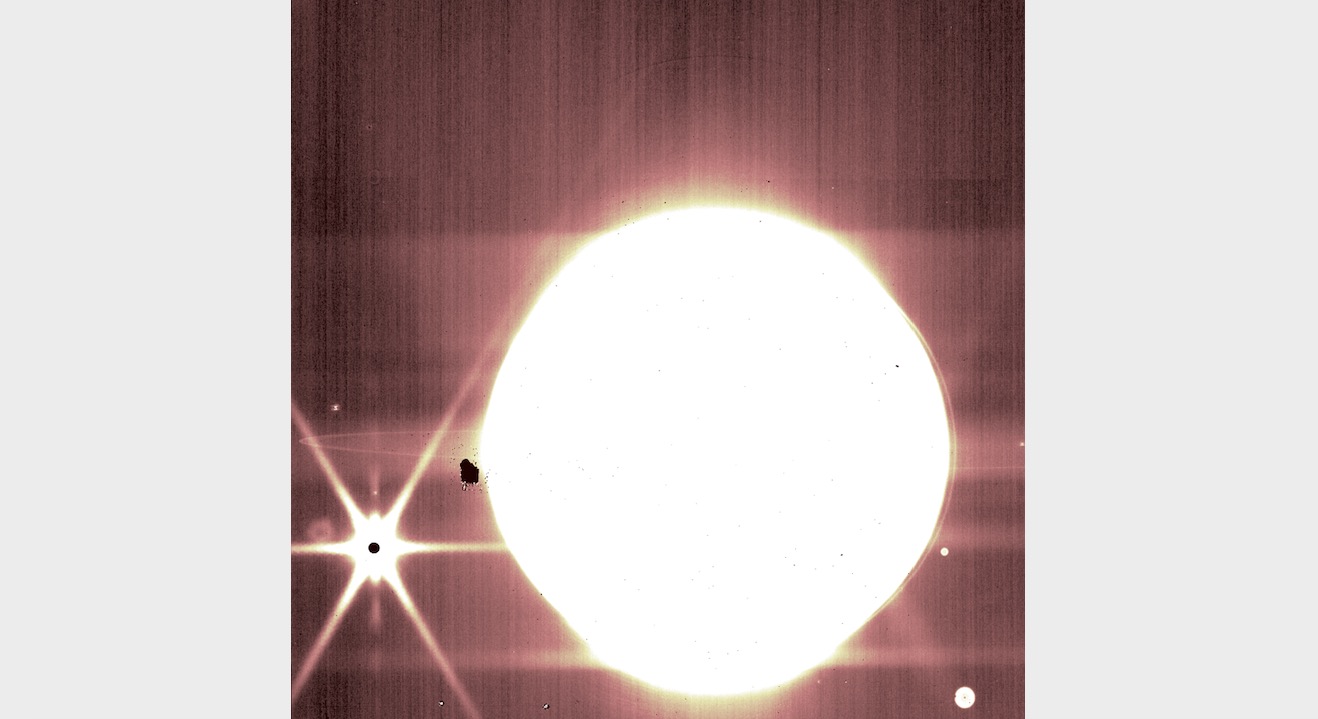Jupiter, too! New James Webb photos show giant planet's rings, moons and more

NASA's James Webb Space Telescope keeps showing us what it can do.
On Tuesday (July 12), the James Webb Space Telescope team unveiled the mission's first science-quality images, a handful of amazingly detailed shots of the deep and distant universe. And today (July 14), the team released some tantalizing photos of Jupiter, highlighting the $10 billion telescope's ability to study targets much closer to home.
"Combined with the deep field images released the other day, these images of Jupiter demonstrate the full grasp of what Webb can observe, from the faintest, most distant observable galaxies to planets in our own cosmic backyard that you can see with the naked eye from your actual backyard," Bryan Holler, a scientist at the Space Telescope Science Institute in Baltimore who helped plan the Jupiter observations, said in a statement.
Related: NASA's James Webb Space Telescope mission: Live updates
Gallery: James Webb Space Telescope's 1st photos

The Jupiter photos were captured during Webb's commissioning period, when mission team members were calibrating and vetting the observatory's four science instruments and other systems. Commissioning wrapped up early this week, and Webb officially began science operations on Tuesday.
Webb, which launched on Dec. 25, 2021, was designed to peer deep into the universe's past, studying the first stars and galaxies ever to form. But the infrared observatory is a highly capable multipurpose tool, and astronomers will use it to investigate a variety of cosmic objects and phenomena — including some in our own solar system, as the Jupiter pictures show.
Those photos are quite detailed, capturing the giant planet's cloud bands, its famous Great Red Spot and even some of its faint rings. Several moons are visible in the images as well, including Europa, a frigid world that harbors a huge ocean beneath its icy shell.
Breaking space news, the latest updates on rocket launches, skywatching events and more!

"I couldn't believe that we saw everything so clearly, and how bright they were," Stefanie Milam, Webb's deputy project scientist for planetary science based at NASA's Goddard Space Flight Center in Greenbelt, Maryland, said in the same statement. "It's really exciting to think of the capability and opportunity that we have for observing these kinds of objects in our solar system."
The Webb team also observed several asteroids during commissioning, testing the telescope's ability to study fast-moving targets. Webb passed these tests with flying colors, team members said.
"Everything worked brilliantly," Milam said.
Mike Wall is the author of "Out There" (Grand Central Publishing, 2018; illustrated by Karl Tate), a book about the search for alien life. Follow him on Twitter @michaeldwall. Follow us on Twitter @Spacedotcom or on Facebook.

Michael Wall is a Senior Space Writer with Space.com and joined the team in 2010. He primarily covers exoplanets, spaceflight and military space, but has been known to dabble in the space art beat. His book about the search for alien life, "Out There," was published on Nov. 13, 2018. Before becoming a science writer, Michael worked as a herpetologist and wildlife biologist. He has a Ph.D. in evolutionary biology from the University of Sydney, Australia, a bachelor's degree from the University of Arizona, and a graduate certificate in science writing from the University of California, Santa Cruz. To find out what his latest project is, you can follow Michael on Twitter.
